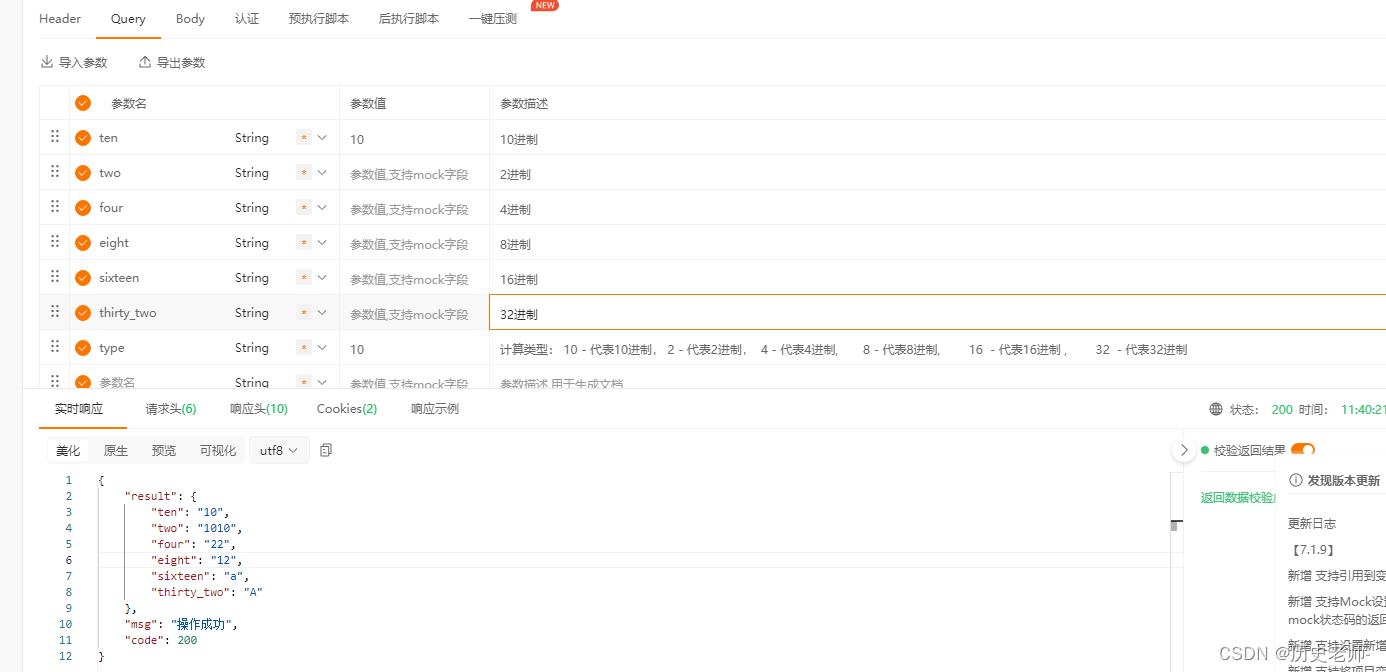
这篇短文中显示的代码取自我的小型开源项目按合同设计,它提供了一个类型化的装饰器。装饰器是一个非常有用的概念,你肯定会在网上找到很多关于它们的介绍。简单说,它们允许在每次调用装饰函数时(之前和之后)执行代码。通过这种方式,你可以修改函数参数或返回值、测量执行时间、添加日志记录、执行执行时类型检查等等。请注意,装饰器也可以为类编写,提供另一种元编程方法(例如在 attrs 包中完成)
在最简单的形式中,装饰器的定义类似于以下代码:
def my_first_decorator(func): def wrapped(*args, **kwargs): # do something before result = func(*args, **kwargs) # do something after return result return wrapped @my_first_decorator def func(a): return a
如上代码,因为当定义了被包装的嵌套函数时,它的周围变量可以在函数内访问并保存在内存中,只要该函数在某处使用(这在函数式编程语言中称为闭包)。
很简单, 但是这有一些缺点。最大的问题是修饰函数会丢失它的之前的函数名字(你可以用inspect.signature看到这个),它的文档字符串,甚至它的名字, 这些是源代码文档工具(例如 sphinx)的问题,但可以使用标准库中的 functools.wraps 装饰器轻松解决:
from functools import wraps
from typing import Any, Callable, TypeVar, ParamSpec
P = ParamSpec("P") # 需要python >= 3.10
R = TypeVar("R")
def my_second_decorator(func: Callable[P, R]) -> Callable[P, R]:
@wraps(func)
def wrapped(*args: Any, **kwargs: Any) -> R:
# do something before
result = func(*args, **kwargs)
# do something after
return result
return wrapped
@my_second_decorator
def func2(a: int) -> int:
"""Does nothing"""
return a
print(func2.__name__)
# 'func2'
print(func2.__doc__)
# 'Does nothing'在这个例子中,我已经添加了类型注释,注释和类型提示是对 Python 所做的最重要的补充。更好的可读性、IDE 中的代码完成以及更大代码库的可维护性只是其中的几个例子。上面的代码应该已经涵盖了大多数用例,但无法参数化装饰器。考虑编写一个装饰器来记录函数的执行时间,但前提是它超过了一定的秒数。这个数量应该可以为每个装饰函数单独配置。如果没有指定,则应使用默认值,并且应使用不带括号的装饰器,以便更易于使用:
@time(threshold=2) def func1(a): ... # No paranthesis when using default threshold @time def func2(b): ...
如果你可以在第二种情况下使用括号,或者根本不提供参数的默认值,那么这个秘诀就足够了:
from functools import wraps
from typing import Any, Callable, TypeVar, ParamSpec
P = ParamSpec("P") # 需要python >= 3.10
R = TypeVar("R")
def my_third_decorator(threshold: int = 1) -> Callable[[Callable[P, R]], Callable[P, R]]:
def decorator(func: Callable[P, R]) -> Callable[P, R]:
@wraps(func)
def wrapper(*args: Any, **kwargs: Any) -> R:
# do something before you can use `threshold`
result = func(*args, **kwargs)
# do something after
return result
return wrapper
return decorator
@my_third_decorator(threshold=2)
def func3a(a: int) -> None:
...
# works
@my_third_decorator()
def func3b(a: int) -> None:
...
# Does not work!
@my_third_decorator
def func3c(a: int) -> None:
...为了涵盖第三种情况,有一些包,即 wraps 和 decorator,它们实际上可以做的不仅仅是添加可选参数。虽然质量非常高,但它们引入了相当多的额外复杂性。使用 wrapt-decorated 函数,在远程集群上运行函数时,我进一步遇到了序列化问题。据我所知,两者都没有完全键入,因此静态类型检查器/ linter(例如 mypy)在严格模式下失败。
当我在自己的包上工作并决定编写自己的解决方案时,必须解决这些问题。它变成了一种可以轻松重用但很难转换为库的模式。
它使用标准库的重载装饰器。这样,可以指定相同的装饰器与我们的无参数一起使用。除此之外,它是上面两个片段的组合。这种方法的一个缺点是所有参数都需要作为关键字参数给出(这毕竟增加了可读性)
from typing import Callable, TypeVar, ParamSpec
from functools import partial, wraps
P = ParamSpec("P") # requires python >= 3.10
R = TypeVar("R
@overload
def typed_decorator(func: Callable[P, R]) -> Callable[P, R]:
...
@overload
def typed_decorator(*, first: str = "x", second: bool = True) -> Callable[[Callable[P, R]], Callable[P, R]]:
...
def typed_decorator(
func: Optional[Callable[P, R]] = None, *, first: str = "x", second: bool = True
) -> Union[Callable[[Callable[P, R]], Callable[P, R]], Callable[P, R]]:
"""
Describe what the decorator is supposed to do!
Parameters
----------
first : str, optional
First argument, by default "x".
This is a keyword-only argument!
second : bool, optional
Second argument, by default True.
This is a keyword-only argument!
"""
def wrapper(func: Callable[P, R], *args: Any, **kw: Any) -> R:
"""The actual logic"""
# Do something with first and second and produce a `result` of type `R`
return result
# Without arguments `func` is passed directly to the decorator
if func is not None:
if not callable(func):
raise TypeError("Not a callable. Did you use a non-keyword argument?")
return wraps(func)(partial(wrapper, func))
# With arguments, we need to return a function that accepts the function
def decorator(func: Callable[P, R]) -> Callable[P, R]:
return wraps(func)(partial(wrapper, func))
return decorator稍后,我们可以分别使用我们的不带参数的装饰器
@typed_decorator def spam(a: int) -> int: return a @typed_decorator(first = "y def eggs(a: int) -> int: return a
这种模式肯定有一些开销,但收益大于成本。
原文:https://www.php.cn/link/d0f82e1046ccbd597c7f2a7bfba9e7dd
以上就是带参数的全类型 Python 装饰器的详细内容,转载自php中文网






发表评论 取消回复